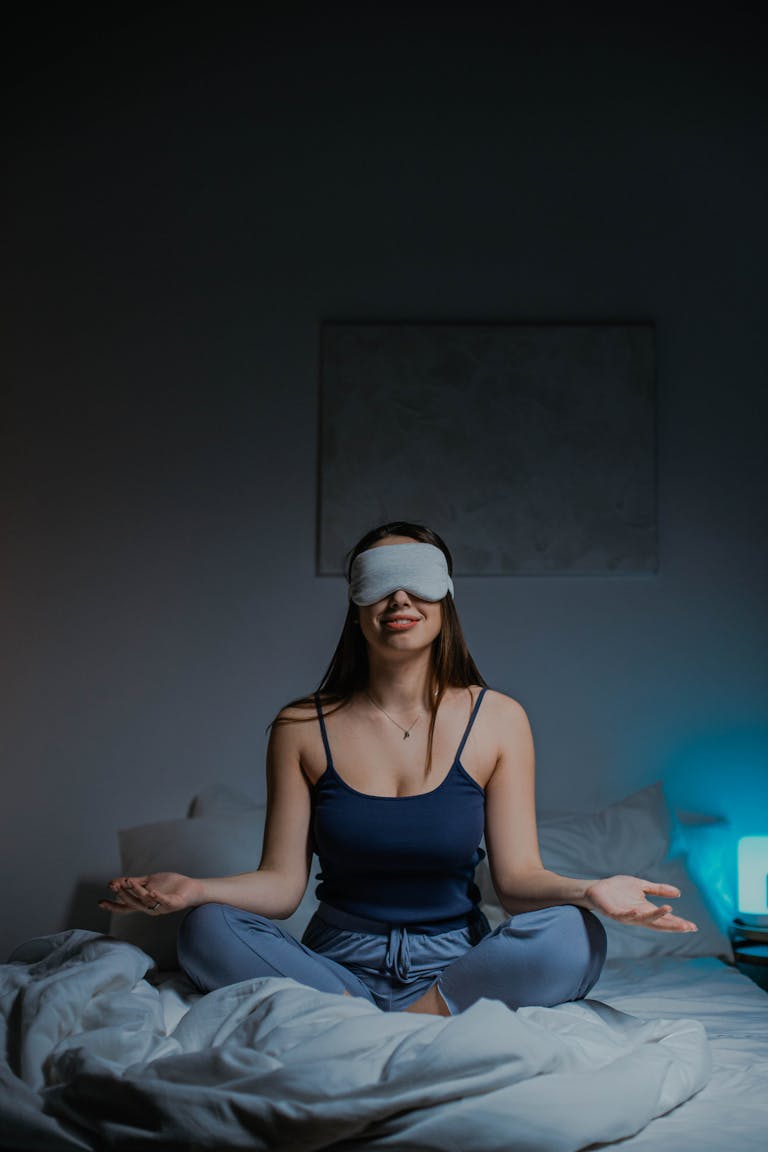In today’s hyper-connected world, it’s easy to fall into the trap of digital addiction. Our constant connection to smartphones, social media, emails, and digital content can take a toll on our mental and emotional health. We’ve all experienced the urge to check our phones every few minutes or mindlessly scroll through social media, often without even realizing how much time we’re spending online.
Digital addiction can affect our relationships, productivity, and overall mental well-being. But the good news is, with conscious effort, it’s possible to break free from this cycle and reclaim control over your time and attention.
In this article, we’ll explore what digital addiction is, how it impacts your mental health, and effective strategies to overcome it for a healthier, more balanced life.

1. What is Digital Addiction?
Digital addiction, also known as technology addiction, is the excessive and compulsive use of digital devices or online platforms. This can include social media, gaming, browsing the internet, and constantly checking emails or notifications. It’s often characterized by the inability to limit screen time or disconnect from digital devices, even when it’s causing negative effects on your personal life, relationships, or work.
Digital addiction can lead to feelings of anxiety, stress, and emotional exhaustion. It may also cause physical issues like eye strain, poor posture, and disrupted sleep patterns.
2. The Impact of Digital Addiction on Mental Health
Excessive digital consumption can have serious effects on your mental health. Some of the common consequences include:
- Increased Stress and Anxiety: Constantly checking your phone or social media accounts can lead to a sense of urgency, triggering stress and anxiety. The fear of missing out (FOMO) can also exacerbate these feelings.
- Reduced Attention Span: Excessive tech use can affect your ability to concentrate and focus. Your attention may become fragmented as you constantly switch between tasks, emails, and notifications.
- Sleep Disruptions: The blue light emitted by screens interferes with melatonin production, making it harder to fall asleep. Poor sleep quality can worsen mental health problems, such as anxiety and depression.
- Decreased Social Interactions: Ironically, excessive use of digital devices can lead to social isolation. Spending more time online can leave you with less time for face-to-face interactions, weakening relationships with family and friends.
3. Recognizing the Signs of Digital Addiction
The first step to overcoming digital addiction is recognizing the signs that you may be struggling. Here are some common indicators:
- Feeling anxious or irritable when you can’t access your devices.
- Spending more time on your phone or computer than you intend to.
- Neglecting personal responsibilities or activities because of digital distractions.
- Using digital devices as a way to escape from real-life problems or emotions.
- Experiencing negative feelings (guilt, frustration) after spending excessive time online.
If you resonate with any of these signs, it might be time to take action and make changes to your digital habits.
4. Strategies to Overcome Digital Addiction
Breaking free from digital addiction is a gradual process that requires discipline, patience, and a willingness to make changes. Here are some strategies to help you regain control over your tech use:
a. Set Clear Boundaries
One of the best ways to overcome digital addiction is to set boundaries around your screen time. For example:
- Designate tech-free zones in your home, such as the bedroom or dining room, to promote relaxation and face-to-face interactions.
- Create tech-free hours in your daily routine. For instance, avoid checking your phone for the first hour after you wake up or before going to bed.
b. Limit Social Media Use
Social media platforms are designed to keep you engaged for long periods, but they can also lead to addictive behavior. To limit your social media use:
- Use apps like StayFocusd or Forest to block distracting websites or set time limits for social media usage.
- Unfollow or mute accounts that contribute to negative emotions or drain your time.
- Set a daily limit for how long you want to spend on social media and stick to it.
c. Practice Digital Detox
Taking regular digital detoxes can help you disconnect and recharge. Try these tips:
- Schedule regular detox days where you completely disconnect from all digital devices for 24-48 hours. Use this time to engage in offline activities like reading, hiking, or spending quality time with family and friends.
- Turn off notifications to reduce distractions and avoid the urge to check your phone constantly.
- Plan “offline” hobbies such as painting, cooking, or gardening to fill the void left by digital devices.
d. Set Intentions for Your Digital Usage
Mindfully using technology is key to breaking free from addiction. Before you open an app or check your email, ask yourself:
- Why am I using this app? Is it to stay informed, communicate with others, or just to pass time?
- How much time am I spending? Set a timer or use apps to track your usage to stay on top of your screen time.
Being intentional about how and why you use technology can help you make more mindful choices.
5. Seek Support and Professional Help
If you find it difficult to overcome digital addiction on your own, don’t hesitate to seek support. Talking to a therapist or counselor who specializes in digital addiction can provide you with personalized strategies and coping mechanisms. Group therapy or support groups can also be beneficial for sharing experiences and learning from others.
Q: How can I tell if I’m addicted to technology?
A: If you find yourself feeling anxious, stressed, or overwhelmed when you can’t access your devices, or if your screen time is interfering with your personal relationships, work, or daily responsibilities, you may be struggling with digital addiction.
Q: Are there any apps that can help reduce my screen time?
A: Yes! Apps like Forest, StayFocusd, Moment, and Freedom can help you track your screen time, block distractions, and limit your use of specific apps or websites.
Take the First Step Toward Digital Freedom
Begin by setting clear boundaries for your digital use today. Incorporate mindful technology habits, take regular digital detoxes, and seek support if needed. Reclaim your mental health and well-being by overcoming digital addiction.

I’m EKBAL HOSSAIN MONDAL, the creator of SmartSolveTips.com — a blog dedicated to helping people improve productivity, avoid digital burnout, and live better online. With years of hands-on experience in self-development and digital wellness, I write practical tips and tools to help you stay focused and thrive in a fast-paced digital world.






